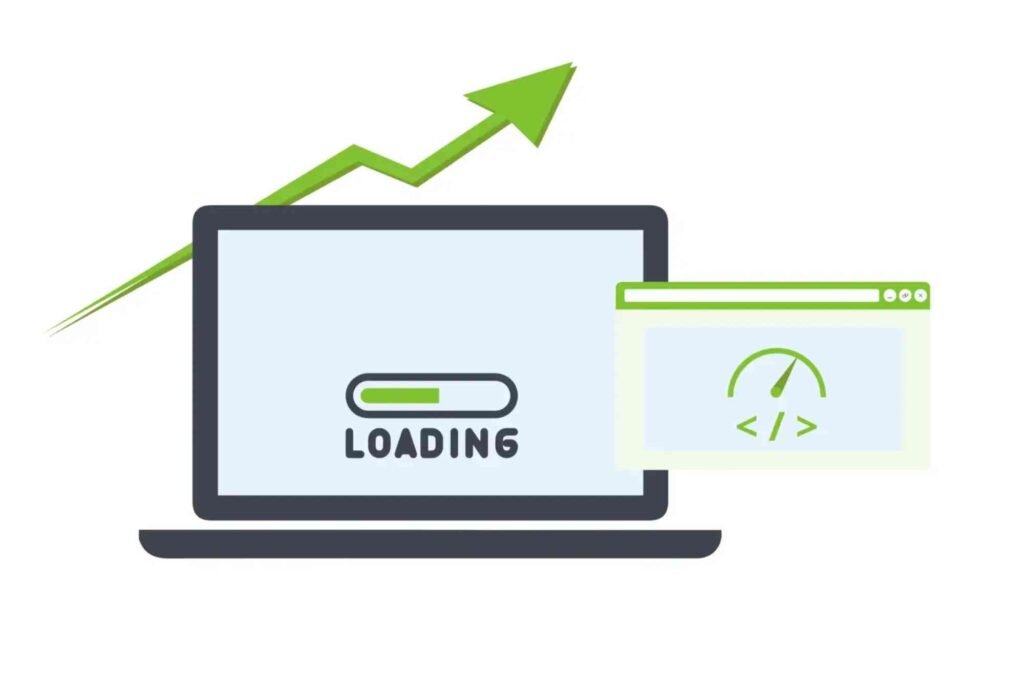How Image Compression Improves Website Loading Speed
In today’s fast-paced digital world, website loading speed is critical for user experience and search engine optimization (SEO). One of the most effective ways to improve loading speed is through image compression. By reducing the file size of images without compromising quality, website owners can create faster, more efficient websites. This article delves into the details of how image compression works, its benefits, and the steps to optimize your images effectively.
What Is Image Compression?
Image compression is the process of reducing the size of an image file while maintaining its quality. This is achieved through algorithms that remove redundant or unnecessary data from the image. The two main types of image compression are:
Lossy Compression: Reduces file size by permanently removing some data. It’s ideal for web use where high resolution isn’t a priority.
Lossless Compression: Reduces file size without any loss of quality. It’s suitable for detailed images like logos or professional photography.
By using image compression, website owners can significantly enhance loading speed, which is crucial for both user satisfaction and search engine rankings.
Why Does Website Loading Speed Matter?
Loading speed has a direct impact on user engagement, bounce rates, and conversions. Studies show that users abandon websites that take more than 3 seconds to load. Additionally, search engines like Google prioritize fast-loading websites, rewarding them with higher rankings.
Compressed images reduce the amount of data that needs to be loaded, ensuring your website performs optimally. For example, an uncompressed image might be 5MB, while a compressed version could be reduced to 500KB or less, leading to faster load times.
Benefits of Image Compression for Websites
Here are the key benefits of image compression:
Faster Page Load Times: Compressed images load faster, improving the overall website speed.
Improved SEO: Search engines favor fast websites, which can result in higher rankings.
Better User Experience: Visitors enjoy seamless navigation, reducing bounce rates.
Reduced Bandwidth Usage: Smaller image sizes mean less data consumption, which is beneficial for users on limited data plans.
Cost Savings: Lower bandwidth usage can reduce hosting costs.
How to Compress Images for Faster Loading Speeds
Follow these steps to compress your images and improve website performance:
Choose the Right Tools: Use online tools like Image Compressor or software like Adobe Photoshop for compression.
Select the Appropriate Format: Use JPEG for photographs, PNG for transparent images, and WebP for modern web applications.
Resize Images: Ensure your images match the required dimensions for your website. Avoid uploading oversized files.
Use Compression Plugins: If you’re using platforms like WordPress, install plugins like Smush or ShortPixel for automatic compression.
Test and Optimize: After compressing, test your website speed using tools like Google PageSpeed Insights to ensure optimal performance.
Step-by-Step Guide to Compress Images
Analyze Your Current Images
Start by identifying large image files on your website. Tools like GTmetrix or Pingdom can help pinpoint these files.
Select a Compression Tool
Use a reliable tool such as Image Compressor to reduce image file sizes.
Choose the Right Compression Settings
For lossy compression, balance quality and size. For lossless compression, ensure no quality loss for high-detail images.
Replace and Test
Upload the compressed images to your website and test loading speed improvements using tools like Google PageSpeed Insights.
How Image Compression Improves Website Loading Speed – A Summary List
- Reduces image file sizes significantly.
- Minimizes bandwidth usage for faster data transmission.
- Improves user experience by reducing load times.
- Enhances SEO rankings with improved Core Web Vitals.
- Supports better performance on mobile devices.
Common FAQs About Image Compression
1. What is the best format for web images?
JPEG is ideal for photos, PNG is best for transparency, and WebP provides modern compression with excellent quality.
2. Does image compression affect quality?
Lossy compression can affect quality slightly, while lossless compression retains original quality.
3. How does image compression impact SEO?
Compressed images lead to faster loading speeds, which improve user experience and search engine rankings.
4. Can I automate image compression?
Yes, plugins like Smush or ShortPixel can automate the process for platforms like WordPress.
5. Where can I find a reliable image compression tool?
Try the Image Compressor provided by Digital Ranker Dubai for efficient results.
By implementing these steps, you can improve your website’s performance, reduce bounce rates, and enhance your digital presence. For more tips and professional support, connect with Digital Ranker Dubai Location.






